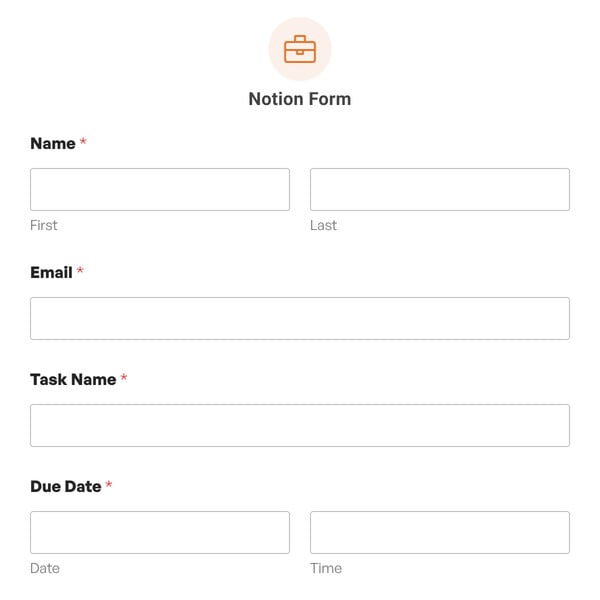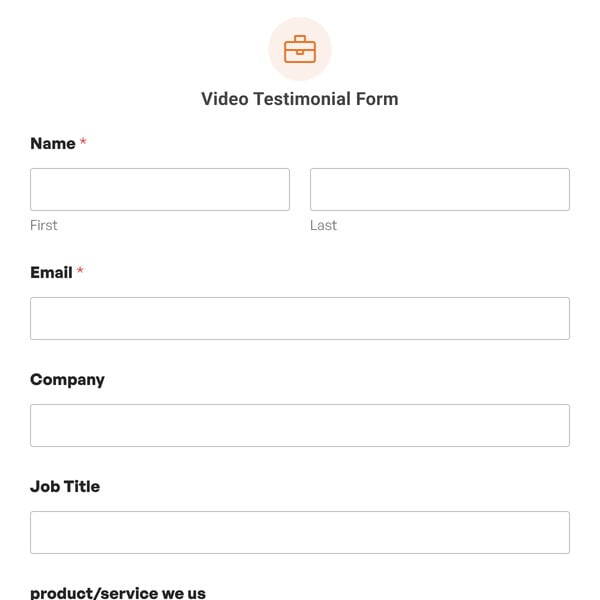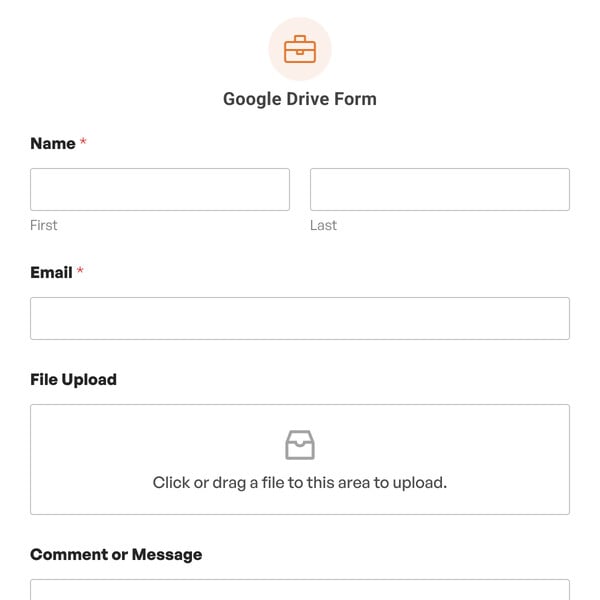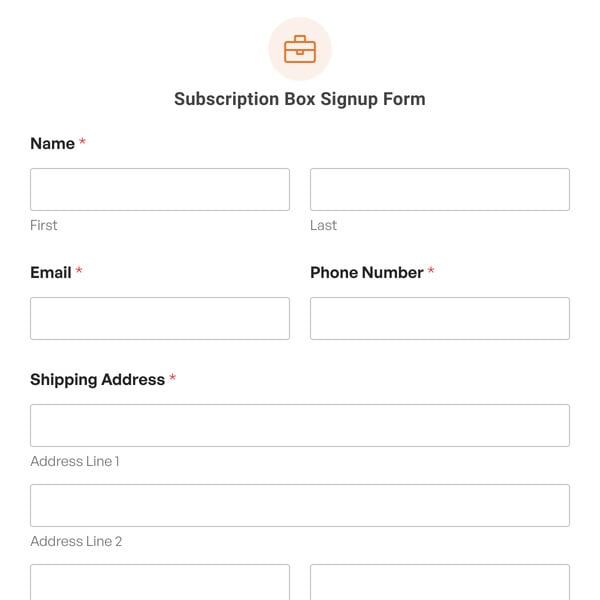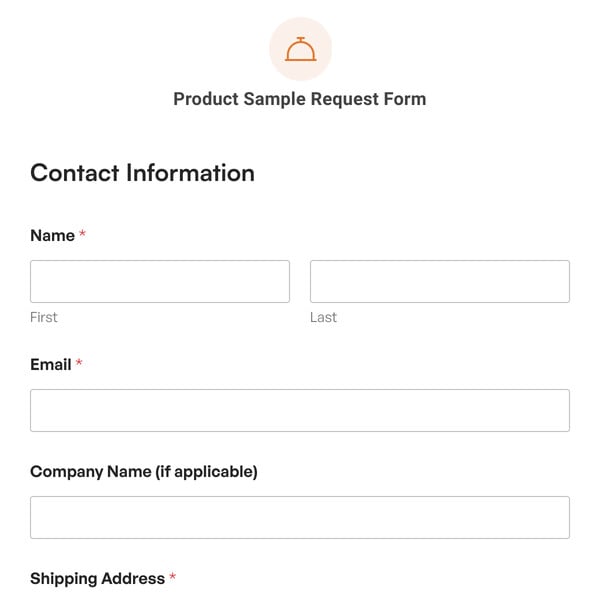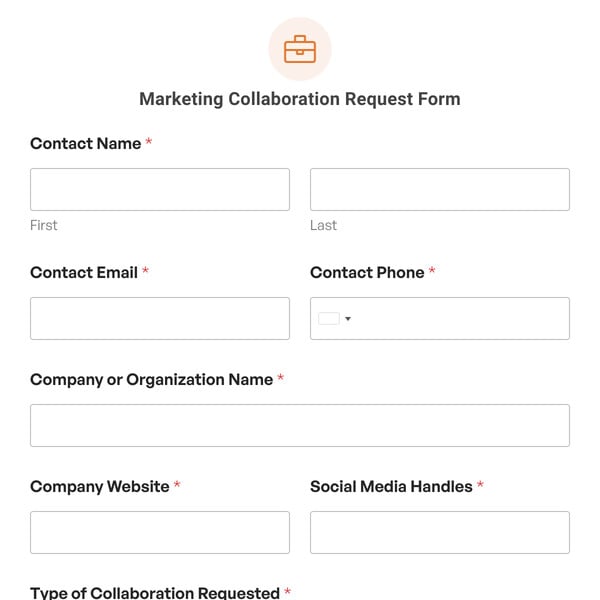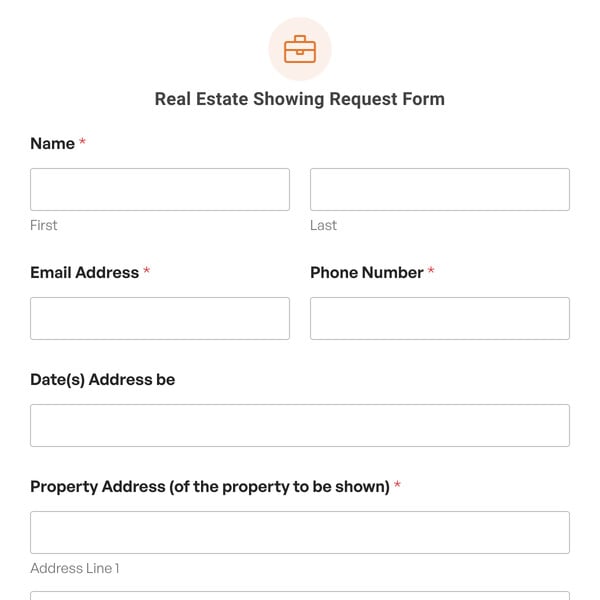Managing client projects requires constant communication and clarity to ensure all parties are on the same page. The Client Project Update Form template is a vital tool for project managers and teams to provide structured, timely updates on the status of client projects.
Navigating the Client Project Update Form Template
With this form, your business can maintain transparency, manage expectations, and quickly address any concerns as projects progress. Here’s how it works:
- Clear Project Overview: The form begins by capturing key information such as the client’s name, project name, and project manager. This basic yet essential information ensures that every update is clearly identified and attributed to the right project, eliminating confusion.
- Detailed Project Status: The dropdown menu for the project phase (e.g., planning, execution) gives clients a snapshot of where their project currently stands. This transparency helps align expectations, especially if the project has moved from one phase to another since the last update.
- Progress Tracking: Fields like “Deliverable Completed,” “Deliverable In Progress,” and “Upcoming Deliverables” offer clients a clear breakdown of what’s been done, what’s in progress, and what’s coming next. This structured approach builds client confidence and helps them track progress in an organized way.
- Identifying Blockers: Including fields for “Current Issues or Blockers” and “Risk Level” helps flag any challenges that may hinder progress. By providing this information upfront, project managers can manage client expectations and proactively communicate how these challenges are being addressed.
- Timeline Management: The project timeline offers a quick assessment of whether deadlines will be met. If delays occur, this feature encourages early communication and avoids last-minute surprises, giving clients a sense of control over project timing.
The Client Project Update Form template allows project managers to deliver structured, timely, and informative updates, ensuring clarity and reducing the risk of miscommunication. It’s a simple yet effective way to keep projects on track and clients informed every step of the way.

